Earth’s unique continents
Most of the crust on Earth and other rocky planets are basaltic, but Earth differs from other planets in that it has extensive regions of felsic crust, manifested in the form of continents.
The continents are billions of years old, and yet, they are restless. In their history, the continents kept changing their shapes, moved around, sometimes collided into each other, and sometimes broke apart into smaller pieces. The continents preserve the memory of our planet.
Modern study of Earth’s continents dates back to the 19th century when F.W. Clarke first estimated the composition of the continental crust. Since then, our knowledge of Earth’s continents has grown enormously. Study of the continents has been, in part, driven by economic interests because the continental crust provides us with most of the mineral resources and energy that fuel the advance of modern civilization. From a scientific point of view, all land species, including us, owe their existence to Earth’s continents.
The more we study the continents, the more amazed we become by their profound influence on the evolution of the Earth’s habitability. Oxygen would have never accumulated in the atmosphere had the felsic continental crust not emerged. Without oxygen, large animals would have never existed on Earth. And the marine biota would have been largely muted without the nutrient continental “dirt” being continuously delivered to the ocean. Mountains rise and fall on the continents, modulating greenhouse gas CO2 level in the atmosphere and the temperature at surface. These intrinsic relationships between Earth’s continents and surface environment point to the key role played by the continents in shaping our habitable planet.
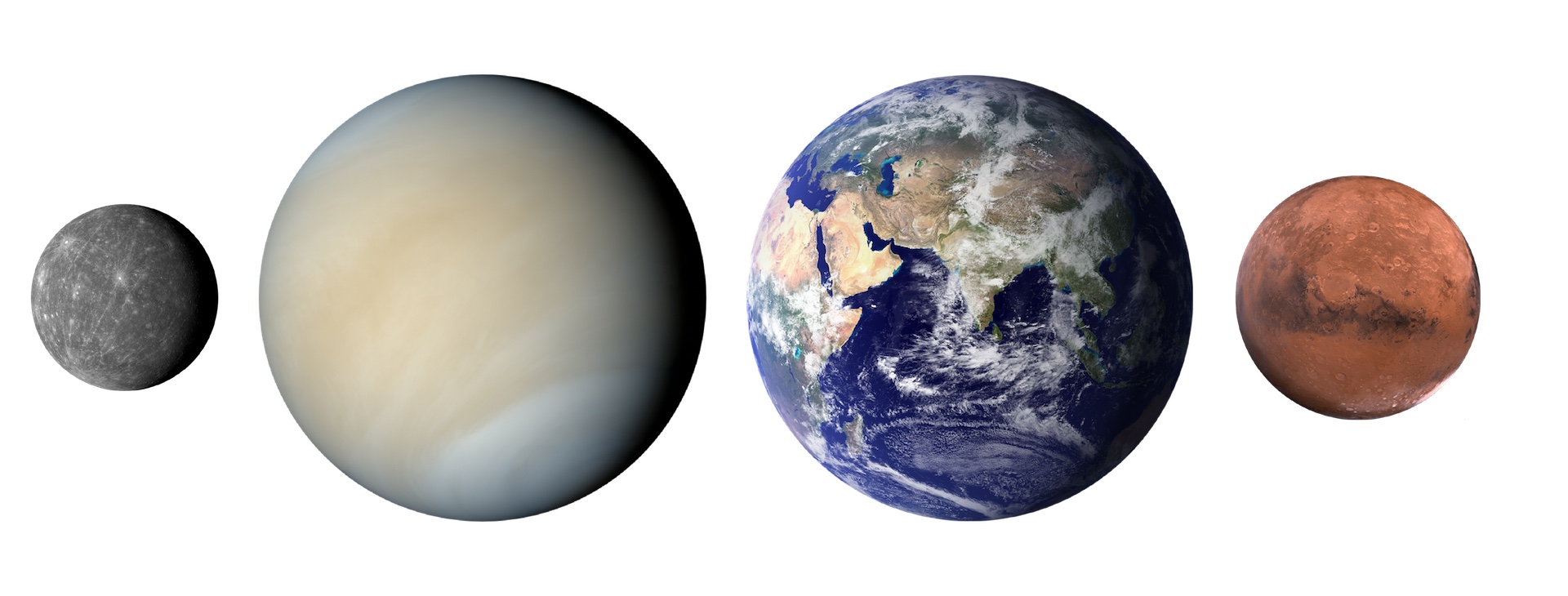
From left to right: Mercury, Venus, Earth and Mars. Images are from web.
The continental crust is characterized by voluminous granite-type rocks, which makes it felsic (rich in Si and Al) in bulk composition. This is in contrast with the oceanic crust which forms the ocean floor and has a mafic composition (rich in Mg and Fe). Space missions in the last several decades showed that the felsic continental crust is unique to Earth. Mercury, Venus and Mars are all covered by a one-plate crust with a mafic bulk composition, much like that of Earth’s oceanic crust. Why are we so special? Why would Earth have continents? The origin of Earth’s unique continents is one of the central problems in Earth science.
I study Earth mostly through chemistry. I am particularly interested in the continental crust, its formation, evolution, and its influence on both Earth’s interior or surface environment. In this blog, I talk about my projects, including the science, thoughts, and the research stories behind.
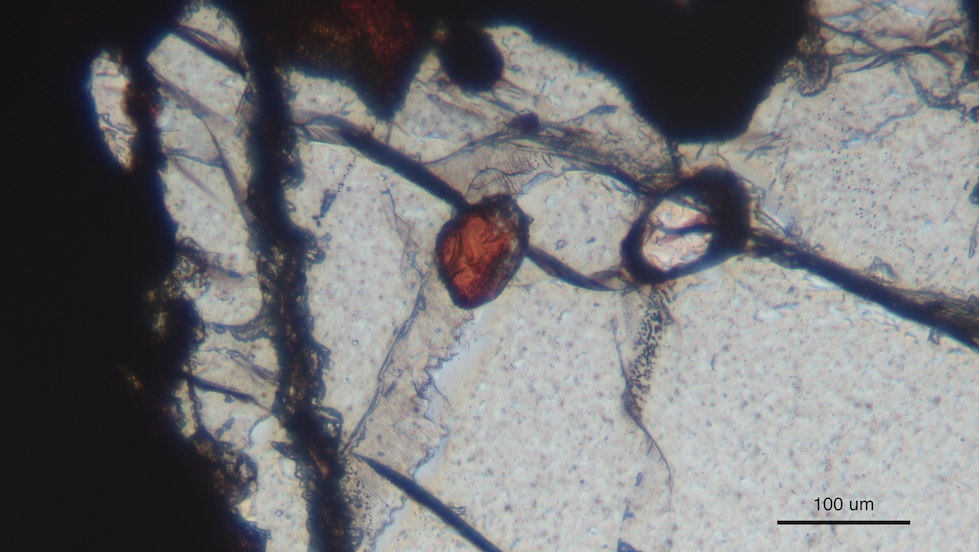
2019-1. Twin elements point to the mystery of continents
In the past several years, my most visited states in the US are Arizona and California. During my dozens of flights across the western US, I liked to stare at the vast mountainous lands through the airplane... Read More
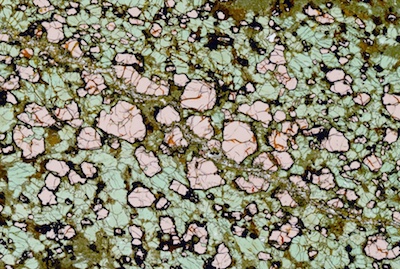
2018-5. The missing iron in Earth's continental crust
Iron (Fe) is one of the elements that we are most familiar with. It is a critical resource that drives modern civilization. We use things (partially) made of Fe everyday, from forks and spoons in the kitchen, cars on the road, frame structures of buildings, to rockets flying into... Read More
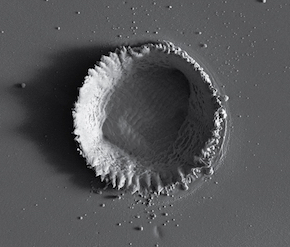
2017-6. The source of elemental fractionation in LA-ICP-MS analysis
Some of my Ph.D. projects were analytically challenging, which required measurements of either high precision or extremely small sample sizes (e.g., ~10-17 g). These challenges drove me to study the instruments—how they work and how to optimize them for my research... Read More
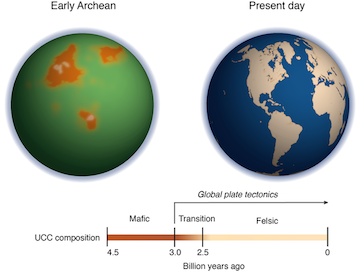
2017-5. When did Earth’s continental crust form?
This is another highly-debated question, and for decades, people have been studying it from various perspectives. I took the same approach used in the continental crust Eu anomaly project—finding clues and evidence from published data to support my idea. When... Read More
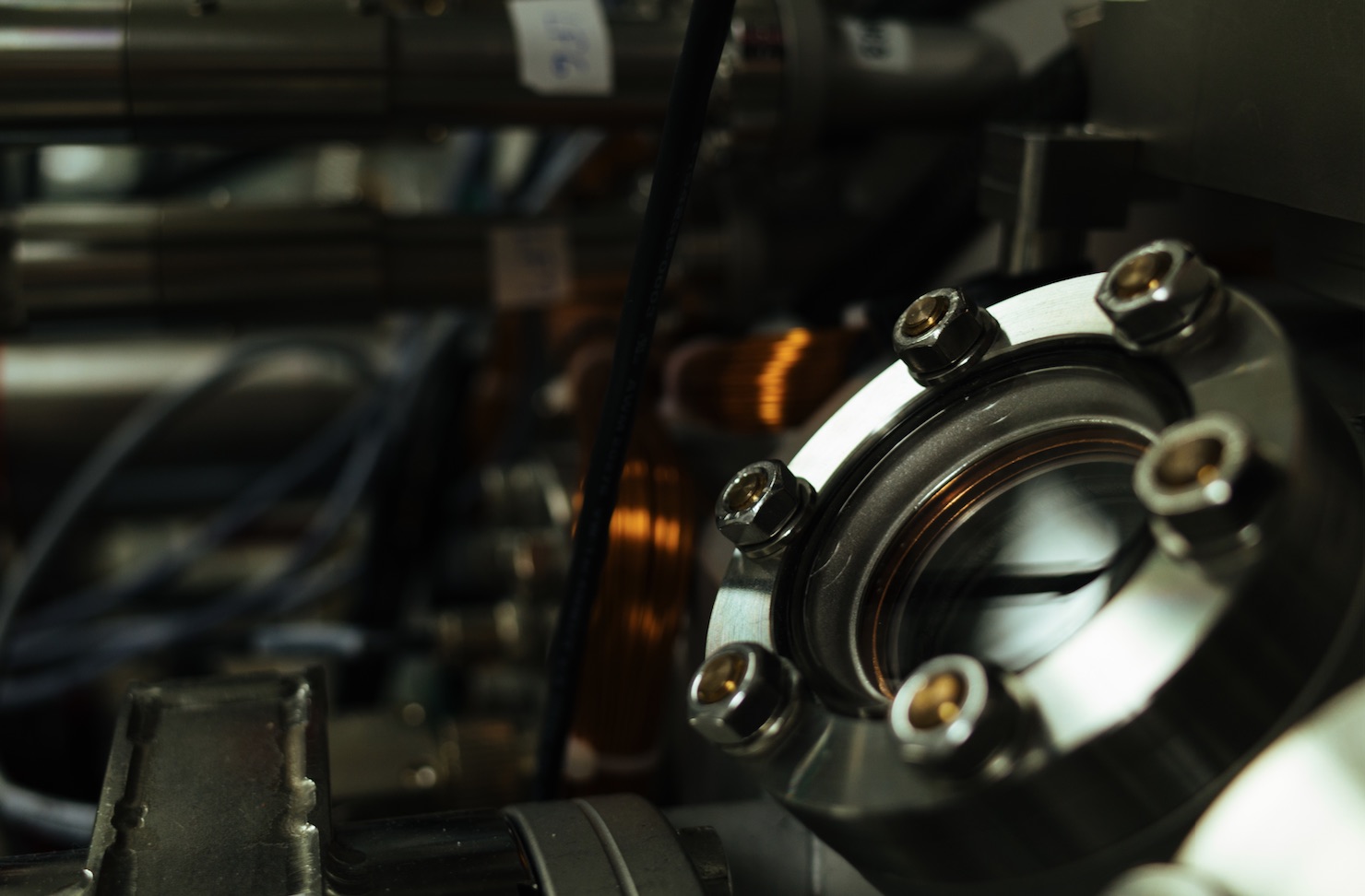
2017-4. Li diffusion mechanism in zircon—the masterpiece of my Ph.D. research
This is the project that I originally proposed for my Ph.D. dissertation, although I ended up doing multiple projects that interested me. To solve the problem, I teamed up with people from multiple inst... Read More
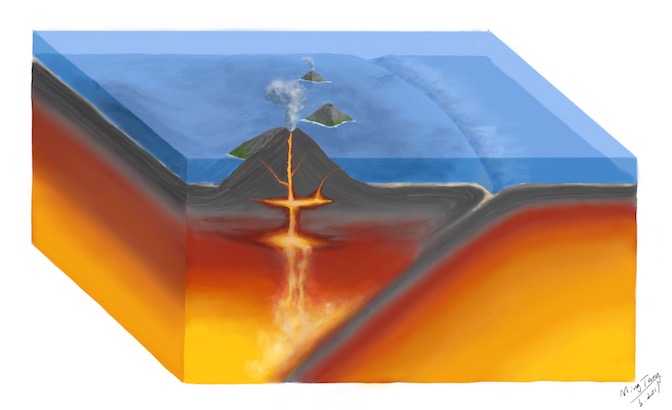
2017-3. In search of crustal Li in arc lavas, "fishing expedition" and hypothesis-driven research strategies
This project was suggested by one of my advisors, Roberta Rudnick, because I was being funded on a grant to investigate Li isotopes. This project started off as a “fishing expedition”, something my... Read More
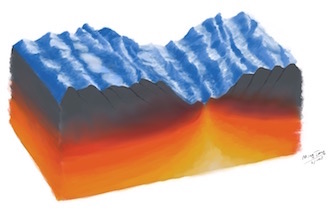
2017-2. Hunting for the ghost of the recycled lower crust
Following the first project, I began to search for this missing lower continental crust in mantle samples with the Eu “probe”. The recycled lower continental crust carries a Eu excess, and any mantle melts that tap this crustal component should show a positive Eu anomaly... Read More
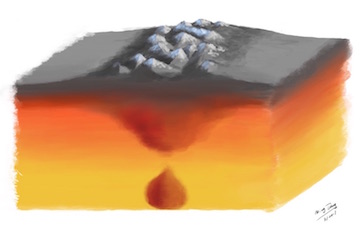
2017-1. Lower crust recycling — refining from beneath
How did Earth’s continental crust form? A key feature of Earth’s continental crust is that it contains voluminous granites, and is thus felsic (rich in Si and Al). This crust is a distinctive product of our... Read More